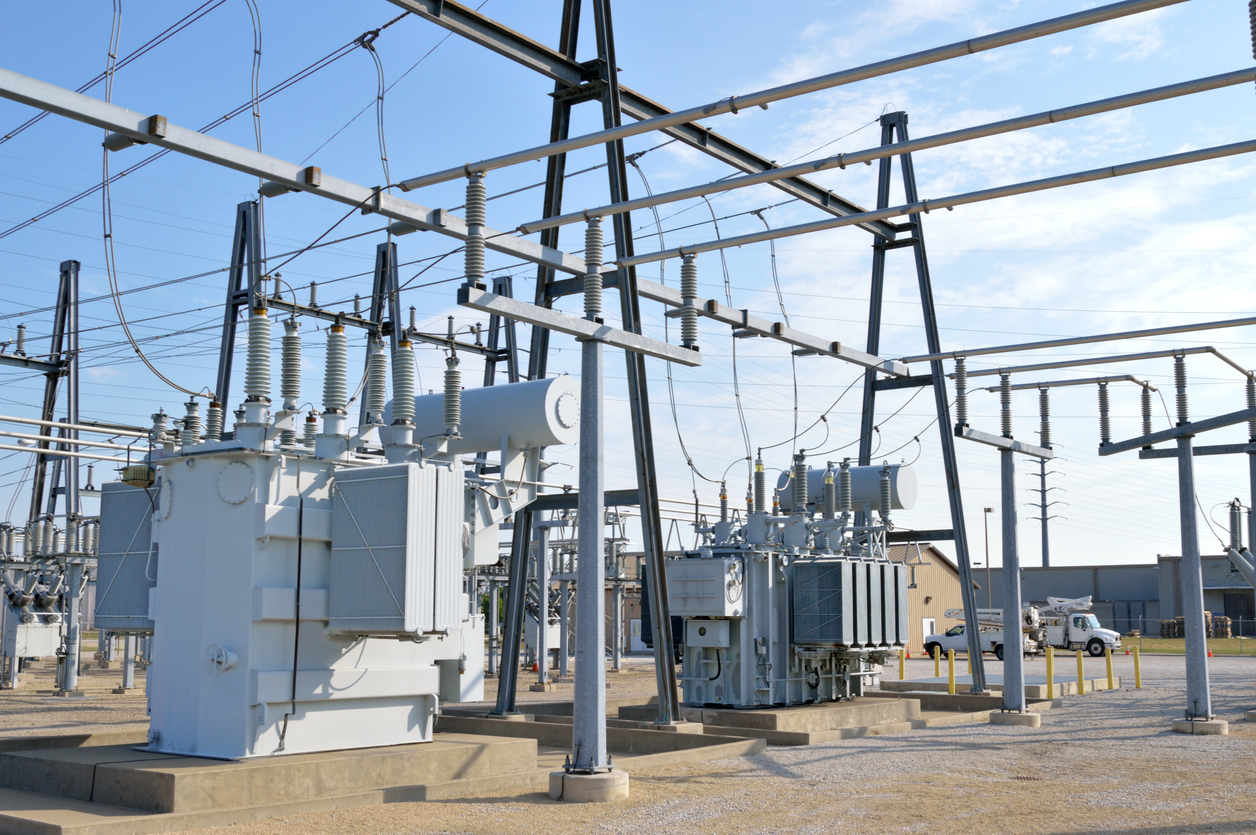Current Shortage of Transformers
January 04, 2023

You might not even know that there is a current shortage of transformers, and more importantly, you might not know just how significant this situation is to our national security and many aspects of economic development that we take for granted.
There is currently a major backlog or shortage in supply of distribution transformers.
All US transformer companies are operating at full capacity.
Why is there a shortage of transformers, especially distribution transformers?
-
-
- High demand. Power generation and distribution lags funding. Major funding was approved 2018 to 2021.
- Additional demands for integration of clean energy sources.
- Limitations to the supply of grain oriented electrical steel (GOES).
-
This affects committed funding of more than $20 Billion.
Biden even invoked a National Defense authority Executive Order to spur construction of transformers, but with no apparent impact.In addition to economic development, the grid and distribution of electricity is fundamental to US national security, not only manufacturing and way of life but national defense, as documented in reports by the Department of Commerce.
Recently, electricity substations have come under attack/vandalism, exposing the vulnerability of The Grid and our dependence on it.
Of course, it is widely recognized that many components of the grid are old and need replacement, in addition to vulnerability from weather related issues.
Transformer manufacturers have not been idle and have committed major Capex to expansion.
One of the problems is that large power transformers can take nine months or more to manufacture from date of order. More importantly, the US has manufacturing capacity to support only 50% of domestic power transformer requirements. There is also the political reality about the supply of transformers from certain countries which resulted in the executive order limiting Bulk Power Supplies from China.The USA supply chain for distribution transformers is more complex.
Cleveland-Cliffs, the only producer of grain oriented electrical steel (GOES) in North America, only has production capacity for 240 thousand tons compared to an estimated North American consumption of 489 thousand tonnes for 2022, forcing the US to import 108 thousand tons of cores for transformers from Canada and Mexico, due to price and greater availability of grain oriented electrical steel in those markets.
The US must import the balance of the tons required in intermediary laminations to meet the demand.
Cleveland-Cliffs and Senators Brown of Ohio and Casey of Pennsylvania contend that the imports of cores is a circumvention of Section 232 tariffs (25%) on steel and aluminum. (Note: The Core Coalition lobbied against these tariffs in 2020 for the benefit of the USA manufacturing industry, which remains undersupplied.) On the other side, leading trade advocates declare that tariffs are a tax on US consumers and that other remedies should be used to support the US specialty steel industryIn another potential policy fail for the transformer manufacturing industry,the DOE is proposing new (unachievable in the near term in our opinion) rules to improve the energy efficiency of distribution transformers.
(Note: While we applaud the effort to target improving standards, the latest proposal favors a specific supplier of a specific material which the Administration mistakeningly believes is the solution to the industry’s supply issues.
We disagree adamantly!!)
Energy efficient maximum or not, the US needs more raw materials to make distribution transformers.
Energy efficient maximum or not, the US needs more raw materials to make distribution transformers.
Supply of distribution and power transformers, and associated raw materials, is a complicated issue with far reaching consequences.

0 Comments